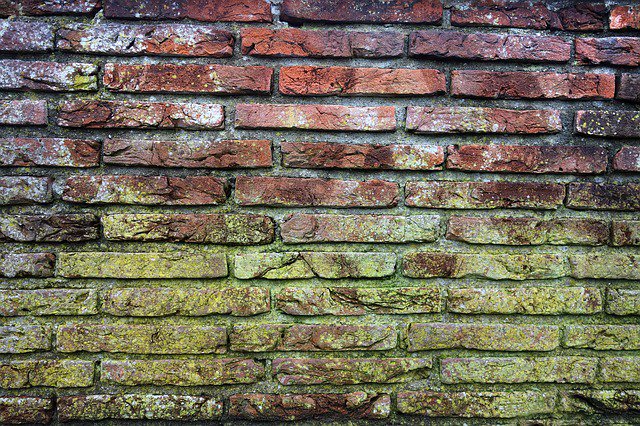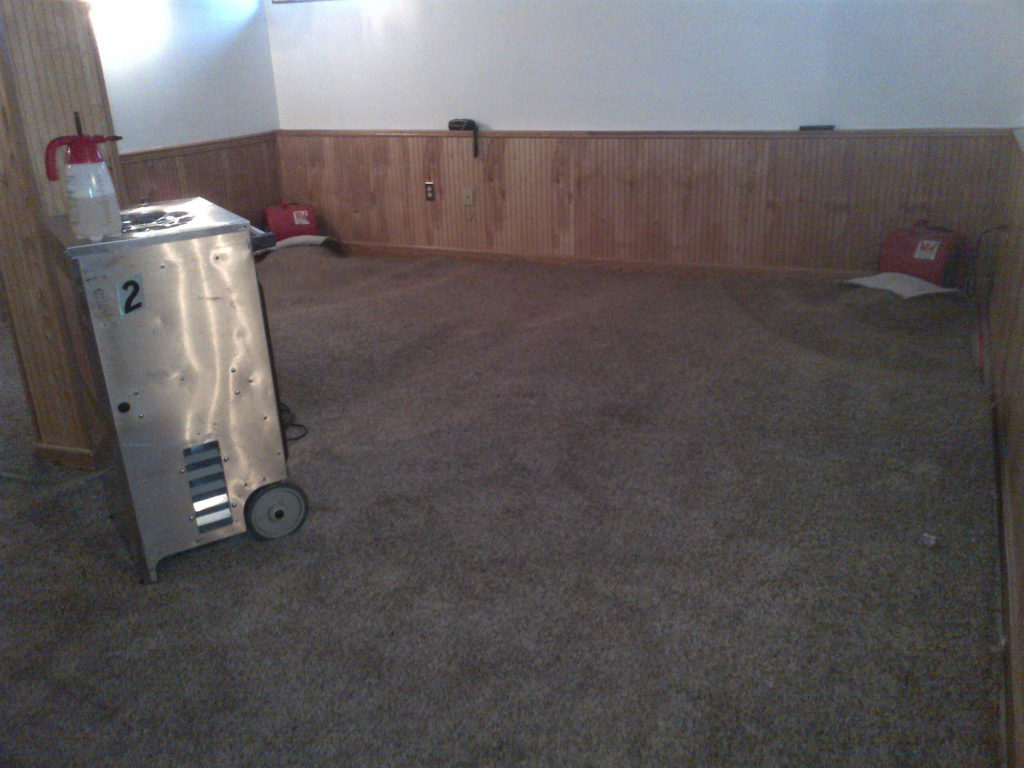The Average Cost of Mold Removal in Rochester, NY
Wherever there is moisture, there is the propensity for mold spores. And while Rochester, NY, is not necessarily known for being a humid environment, there are still many ways and many places for mold to grow in your home. From ceilings, windows, doors, and walls, every inch of your home can become a breeding ground …
The Average Cost of Mold Removal in Rochester, NY Read More »


